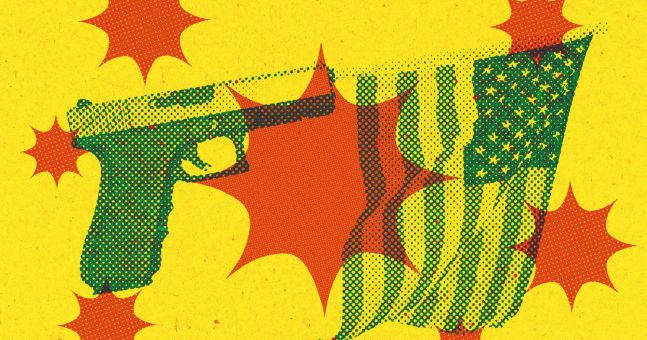Despite a horrific series of mass shootings Stateside, there remains firmly entrenched opposition to gun control regulations. Claire O’Neill examines the obstacles facing campaigners, and reflects on her own experience of growing up in a gun-obsessed culture.
Half Moon Bay, California. On January 24, 2023, a mass shooting in this small town, located 40 km south of San Francisco, left seven people dead. The murder-spree seems to have been, as many incidents of gun violence are, personally motivated. The man accused of the attack, Chunli Zhao, worked at California Terra Gardens, the mushroom farm where the shooting began. Zhao is said to have had a financial dispute with a supervisor. At the first location, he shot the supervisor, the supervisor’s wife, and two others. The prosecution case is that Zhao then went on to Concord Farms, a previous place of employment, where he killed three people.
All of the victims had been co-workers of the accused: the assumption is that they were deliberately targeted. Other staff described the work environment as ‘familial’. The shooting has surely upended that particular idealisation.
It turns out that this was the second shooting incident at the California Terra Gardens premises in seven months, although there were no fatalities from the earlier attack.
Understandably, numerous members of staff were badly traumatised by the latest shooting, which came just two days after the Lunar New Year killing in Monterey Park on January 22, in which eleven people were killed and nine injured. Still, the wheels of ordinary life, and commerce, have to keep turning.
Many of the mushroom-pickers are extremely poor and live paycheck to paycheck, in trailer park homes, cramped, low-end apartments, or on the farms themselves. There has been some coverage of workers’ “deplorable” living conditions. However, NBC Bay Area reports that the farmworkers were already back on the job barely a week later.
Advertisement
“I try to forget what happened, but it’s like I’m always carrying this fear in me,” one farmworker told the Associated Press. He had been out sick when the shooting occurred – but he believes that he was one of the intended victims. Naturally, he is concerned that there may be another day of reckoning some time in the future. Right now, he has no idea when….
The Half Moon Bay incident is just one example of the rise of gun violence in the United States. It also offers an indication of how many horrific shootings in effect get brushed under the carpet. We all heard about Monterey. Half Moon Bay was barely a footnote to that better-known outrage. What is even more disturbing is that there were dozens more like it.
The Gun Violence Archive is an American non-profit group that catalogues every incident of gun violence in the United States. They recorded at least 1,606 gun deaths and 2,756 injuries from firearms – all in the month of January 2023 alone. Of those deaths, 52 involved mass shootings, defined by the Archive as a shooting with four or more victims. These 52 mass shootings represent an increase of more than 50% from the 34 that occurred in January 2022; and the 32 in January 2021.
This shocking death toll is recognised as an abhorrent consequence of the use of guns, but the effects permeate society at every level. Growing up in the States, there is a numb familiarity with the threat of violence.
At my school in Westchester, New York, lockdown drills became normalised. They were to train us in what to do, if an active shooter – or some other threatening actor – arrived on campus. Nowadays, they are as regularly practised as fire drills.
I was in elementary when I experienced a drill for the first time. There had been a bomb threat at the connected high school, but more likely the drills were a response to the infamous mass-murder of 26 people by Adam Lanza, in the shooting at Sandy Hook Elementary School. Those of us that could fit piled under a countertop that stretched from the door to the far side of the room. The rest huddled out of view of the windows by the bookshelves. Local police came in and tested the door, rattling the locked handle.
By the next year, our teachers had to start telling us it was an important drill that we had to take seriously – but to us it had just become an hour where we got to cram ourselves in the dark. By high school, with a more nuanced understanding of the situation, it became routine: quick, easy, practised, normalised. I knew some kids who would have a book on-hand to read for the period of the drill. Others would play silent games, like rock-paper-scissors.
Advertisement
Across schools nationwide, there are armed guards on school grounds, regularly checking the identities of visitors and making patrols around the property. In some areas where violence is more likely, students are required to pass through metal detectors before entering the building.
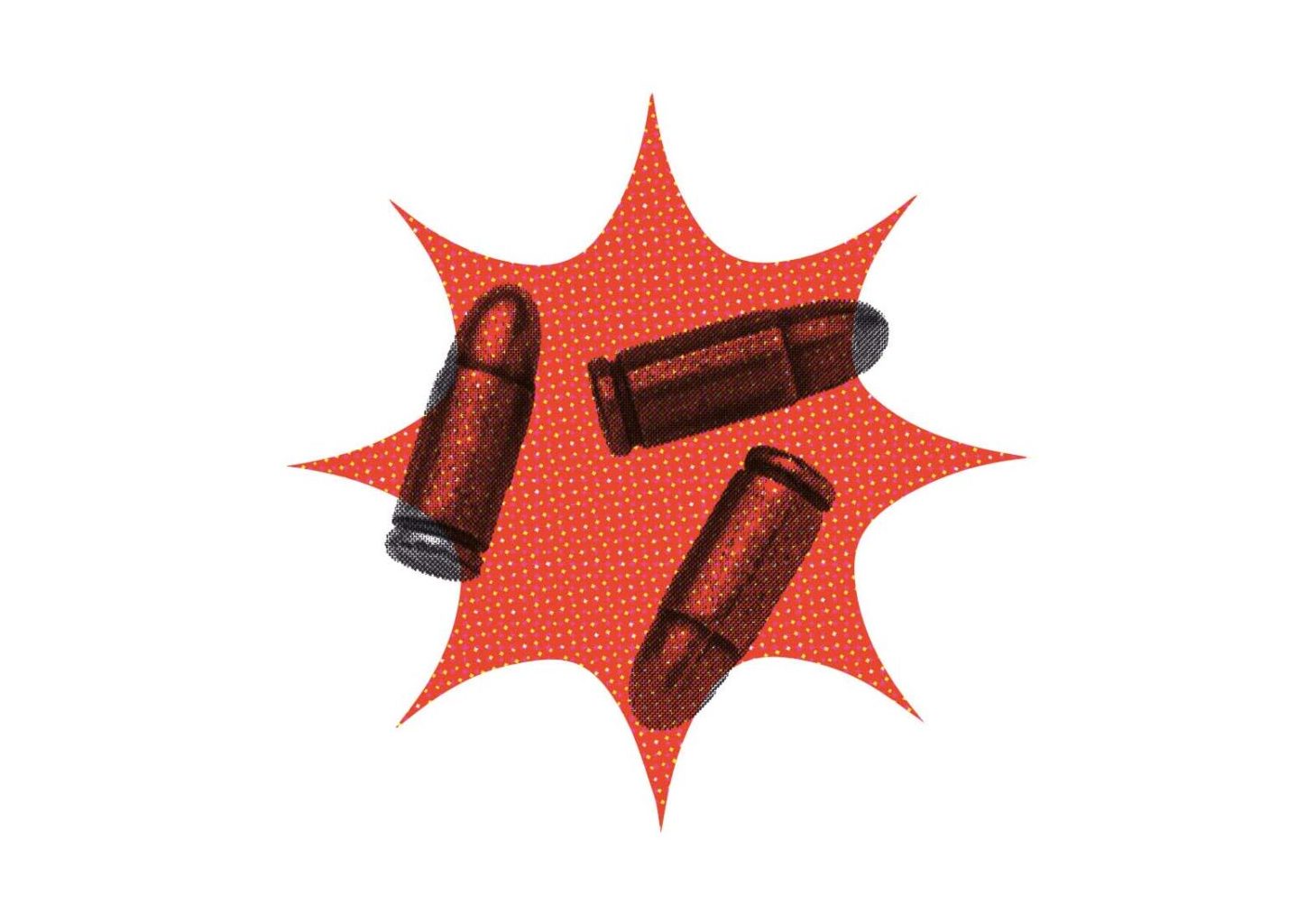
DETACHMENT
There develops a mild shock of detachment to close calls and newsreels, not just for school shootings, but any incident of public gun violence. In college, there was an incident at the bus station on campus, which was connected to the train station I took to get to the dining halls. That night I had taken a nap instead of getting an early dinner. I texted my parents what had happened, that I was alright and hadn’t been near the scene, and continued on with my week. The next year, when there was a bomb threat on college campus, my relatives who kept calling to check in afterwards seemed more worried than I was.
“And they’ll be in our thoughts and prayers” is a soundbite long since recognised to mean little to grieving family members of gun violence. A routine of turbulent confusion, grief and political handwringing is formed, as politicians remain divided on the correct measures to tackle the issue.
In his State of the Union address, President Joe Biden reflected on the growing violence, advocating for stricter gun control.
“Ban assault weapons now,” he said. “Ban them now. Once and for all. I led the fight to do that in 1994. In the 10 years the ban was law, mass shootings went down. After it expired, during the Republican administration, mass shootings tripled. Let’s finish the job and ban assault weapons.”
Advertisement
At pretty much the same time as Biden was saying that, Republican Florida senator Matt Gaetz was encouraging colleagues to support a bill that would abolish the Bureau of Alcohol, Tobacco, Firearms and Explosives (ATF), a law enforcement agency that operates under the Department of Justice, after its latest guidance that restricts the ownership of gun components.
“The ATF cannot be trusted to protect our right to keep and bear arms,” Gaetz told Fox News, underlining the current political polarisation. “There is no timeline where the ATF, under any administration, would become an ally [to gun owners]. It needs to go, we need to abolish the ATF before they abolish our Second Amendment rights.”
Carrying on the charge on the streets, gun violence prevention groups, like Students Demand Action (SDA), have been working to tighten legislation. SDA work in collaboration with other anti-gun violence groups and projects, like the self-explanatory Moms Demand Action and Everytown Survivor Network, a grouping of gun violence survivors working to curb further attacks. Most recently, these groups have been working to hold the gun industry accountable for their involvement in shootings, and for enabling practices that allow guns to enter the unregulated private sector.
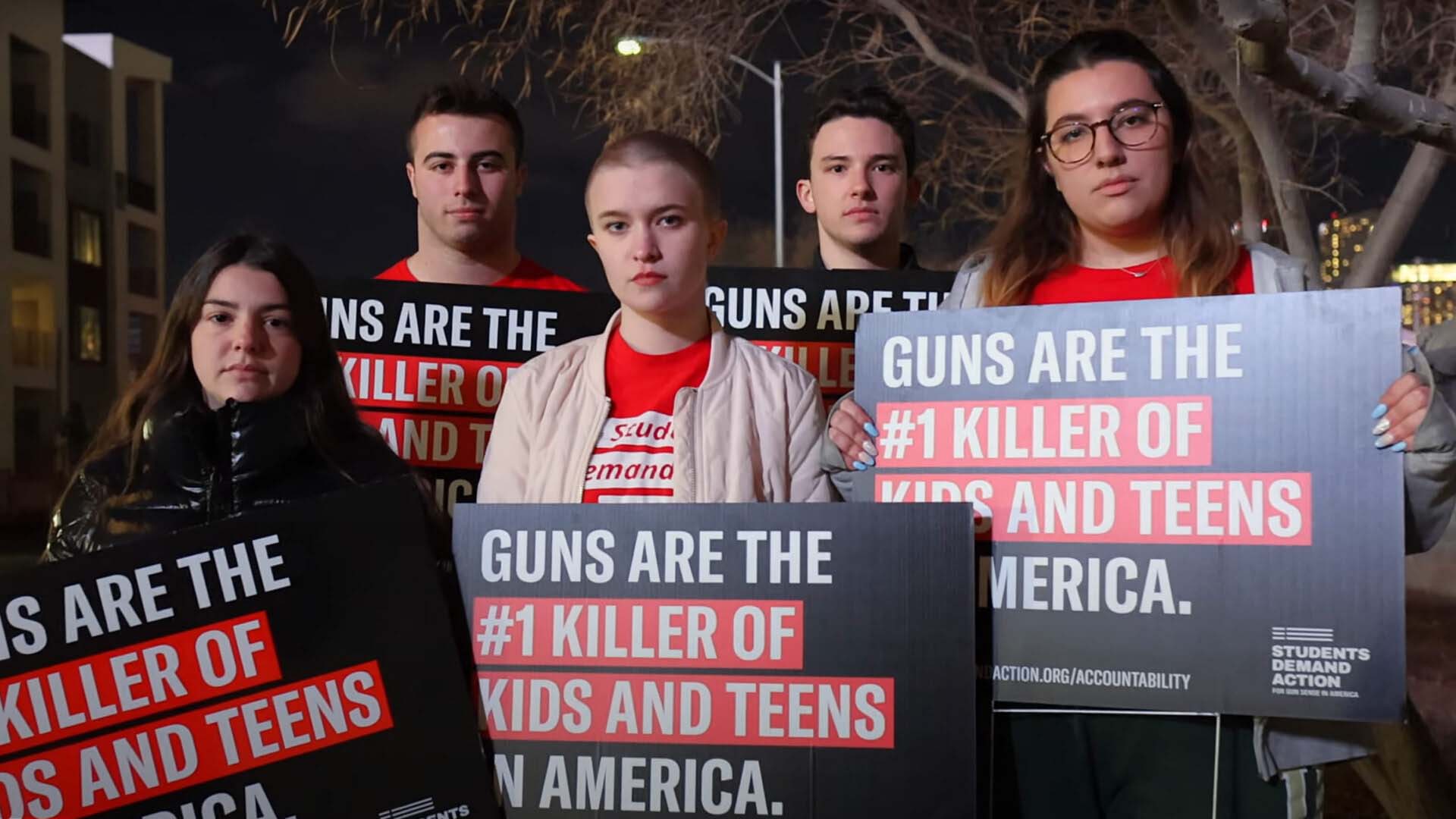
Anti-gun violence group Students Demand Action
A part of their campaign is a list of 17 demands, aimed towards both the gun industry and legislative bodies capable of taking responsibility. Some are focused around industry accountability or harm reduction, demanding universal background checks; stopping the production of DIY kits to modify guns; or refusing to work with “bad actors” in the gun industry (people who may traffic guns illegally). Others aim to reduce or eliminate the marketing of guns to children, which is illegal. The demands also ask for the promotion of safe gun practices; like funding PSAs to teach gun owners to be responsible; encouraging gun owners to lock up their guns; and making guns safer.
UVALDE SHOOTING
Advertisement
In Texas after the Uvalde shooting, calls to raise the minimum carrying age from 18 to 21 (the United States legal drinking age) was met with opposition. The Texas courts have overturned laws raising the minimum age, while the state’s governor, Greg Abbott, advocates for the constitutionality of the law over residents’ safety concerns.
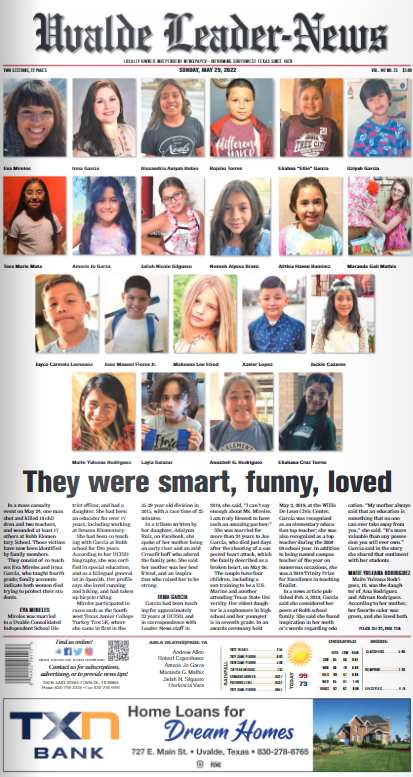
“It is clear that the gun control law that they are seeking in Uvalde, as much as they may want it, has already been ruled to be unconstitutional,” Abbott said. Other states, like Hawaii, Florida, and Washington, retain a minimum carrying age of 21 for certain firearms.
Republican Oklahoma state representative Jim Olsen has his own argument supporting the younger age for a carrying permit.
“The immaturity that exists at 18 sometimes also still exists at 22. So, what do we want to do? Raise the age to 25 or 30? I would think not.”
Either way, it highlights that one of the more difficult obstacles activist groups must navigate is the division of federal, state and local laws. One regulation that varies between states is the requirement of universal background checks, or the requirement that both federally licensed dealers and private sellers must conduct a background check on the buyer before selling a firearm.
At the moment, only 22 states and the District of Columbia require background checks on some private sales of firearms.
Advertisement
Background checks in the USA assess whether a person is eligible to purchase a gun. Medical, felony, drug use and arrest history are all considered. Most are conducted in minutes, but some can take up to three business days.
June 2022 saw a bipartisan effort to pass a law that increased comprehensive background checks for 18 to 21 year olds. It bars convicted domestic abusers of a parent, spouse, co-parent, or live-in partner from gun purchases. It was long-awaited, as previous bipartisan efforts to pass gun safety bills, like after the 2012 elementary school Sandy Hook School shooting, were blocked.
There remains much to be done. An amended loophole in the legislation, “the boyfriend loophole,” would have allowed a convicted domestic abusive partner to purchase firearms if the individuals had never lived together. As the legislation is now, it only denies access to firearms for five years to individuals convicted of violence in dating relationships, and only applies to those convicted after the Act’s passing. The Act does not apply to individuals with only restraining orders.
Even with support from both Democrats and Republicans, the Act met resistance. The National Rifle Association (NRA), who have long opposed any gun control measures as discriminatory against second amendment rights, immediately opposed the Act once it was presented as a bill to Congress.
They announced that they will “support legislation that improves school security, promotes mental health services, and helps reduce violent crime. However, we will oppose this gun control legislation, It does little to truly address violent crime.”
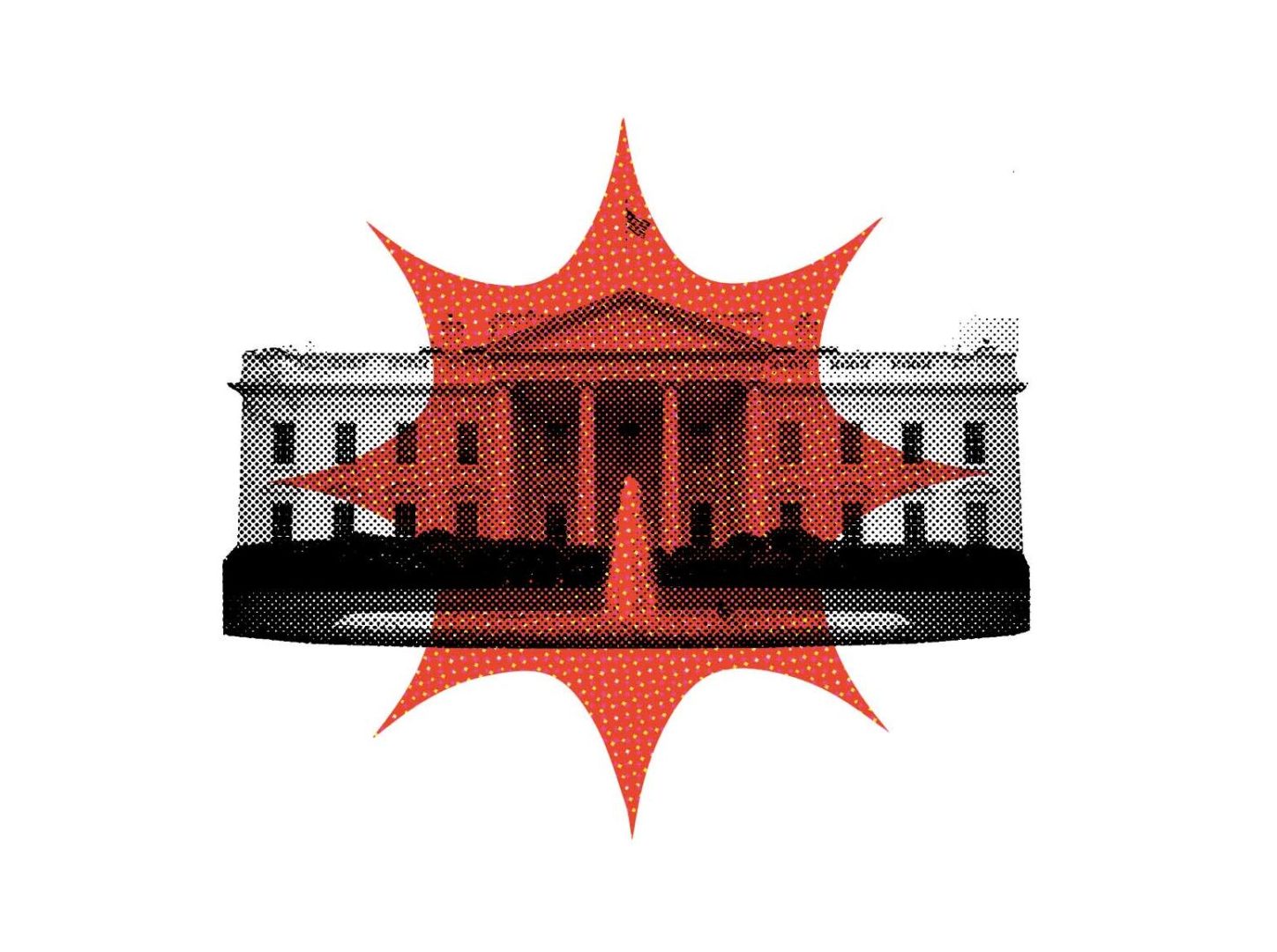
STATE GOVERNMENT
Advertisement
In Utah, measures have been taken to prevent local governments from restricting firearms, which the state government considers to be their legislative territory.
“In recent years, local governments have attempted to exploit loopholes in state law to regulate firearms at conventions, not acting in the best interests of all Utahns,” Senator Chris Wilson said in 2022, before the anti-red flag law was passed.
Since, data has shown that 72% of Utahns support red flag laws, and two-thirds support universal background checks, both of which are currently obstructed at the local level.
In the states that do have red flag laws, however, sometimes even loopholes in legislation can prevent the proper measures from being taken, or even the proper authorities from being notified of an issue. The Charleston loophole, for example, is a weakness in the background check system: after three days, if a federal background check on an individual remains inconclusive, the purchase may move forward.
It was named for a mass shooting in 2015, wherein the shooter attacked the Emanuel A.M.E. Church in Charleston, South Carolina, killing nine and injuring three, after the shooter legally acquired his gun with the aid of an inconclusive background check. The previously mentioned boyfriend loophole was another flaw in the system.
These legislative complications, along with straw purchases, wherein the buyer of a gun has another person fill out the paperwork for them, are some of the complicated situations lawmakers must figure out how to combat.
Students Demand Action activist Laurence Fine suggests that gun corporations could sell gun locks, which inhibit the ability to discharge a firearm. They could also start promoting smart guns, which would require a recognised fingerprint.
Advertisement
The activist organisation’s current accountability campaign would request information pertaining to which brands are hitting the streets more. With this information, SDA hope to focus accountability measures and campaigns, so that gun companies tighten distribution. That, however, would require local government cooperation, which depends on the political leanings of the local district and communities.
